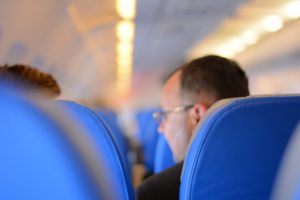The Safest Seat on an Airplane: Understanding Your Options
When it comes to air travel, safety is always a top priority. While the chances of a plane crash are low, choosing the safest seat on an Airplane can give you peace of mind and make your flight experience more enjoyable. The following article aims to provide a general overview of the pros, cons, and unique features of different seating options on an airplane, specifically based on the different classes of travel, including economy, premium economy, business class, and first class.
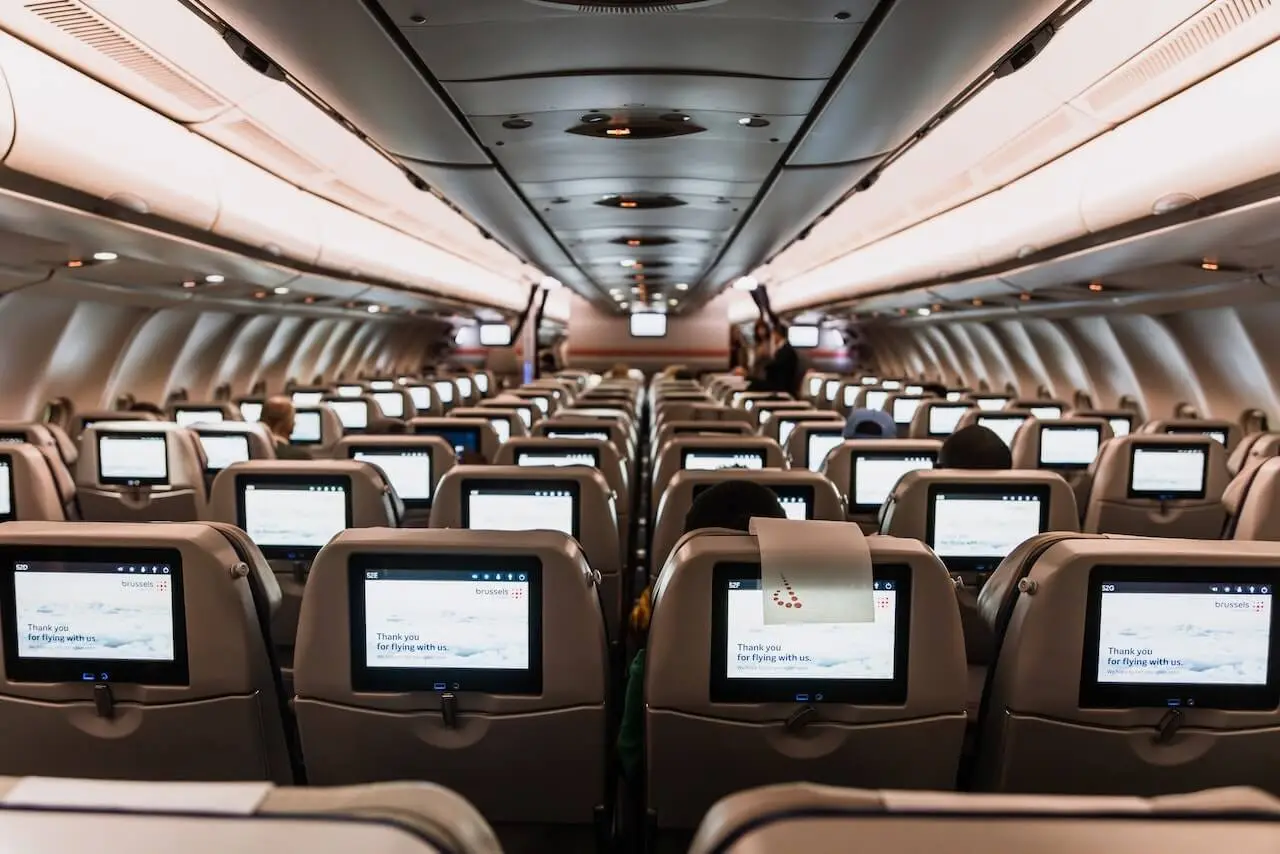
Economy Class
Mid-Section Seats: The mid-section of the plane is considered one of the safest seats on an airplane to sit in economy class. This is because the mid-section is farthest from the front and back of the plane, which are the first parts to experience turbulence or impact in the event of an emergency landing. Additionally, the wings of the plane provide extra protection in the event of a crash. Mid-section seats are typically more stable during turbulence and provide a better overall flying experience. However, mid-section seats can be cramped and uncomfortable for tall or large passengers. If you’re seated in the middle of the row, you’ll have to climb over your seatmates to access the aisle, which can be inconvenient.
Aisle Seats: Aisle seats provide quick and easy access to emergency exits, which can be critical in the event of an emergency evacuation. They also provide more room for passengers to move around and evacuate the plane quickly in the event of a crash. Aisle seats are more convenient for people who need to get up and stretch their legs frequently, or for those who don’t want to disturb their seatmates. However, aisle seats can be noisy and disruptive if passengers are constantly getting up and walking by. People in aisle seats may be bumped by passengers or flight attendants walking by, and in the event of turbulence, aisle seats can be more unstable than other seats.
Window Seats: Window seats offer a view of the outside of the plane and can be helpful in orienting yourself in the event of an emergency. They are typically located near the wings of the plane, which provide extra protection in the event of a crash. Window seats offer a sense of privacy and can be more relaxing for passengers who want to enjoy the flight. However, window seats may not provide quick access to emergency exits, which can be critical in the event of an emergency evacuation. Passengers in window seats may have to climb over their seatmates to access the aisle, and window seats can be cramped and uncomfortable for tall or large passengers.
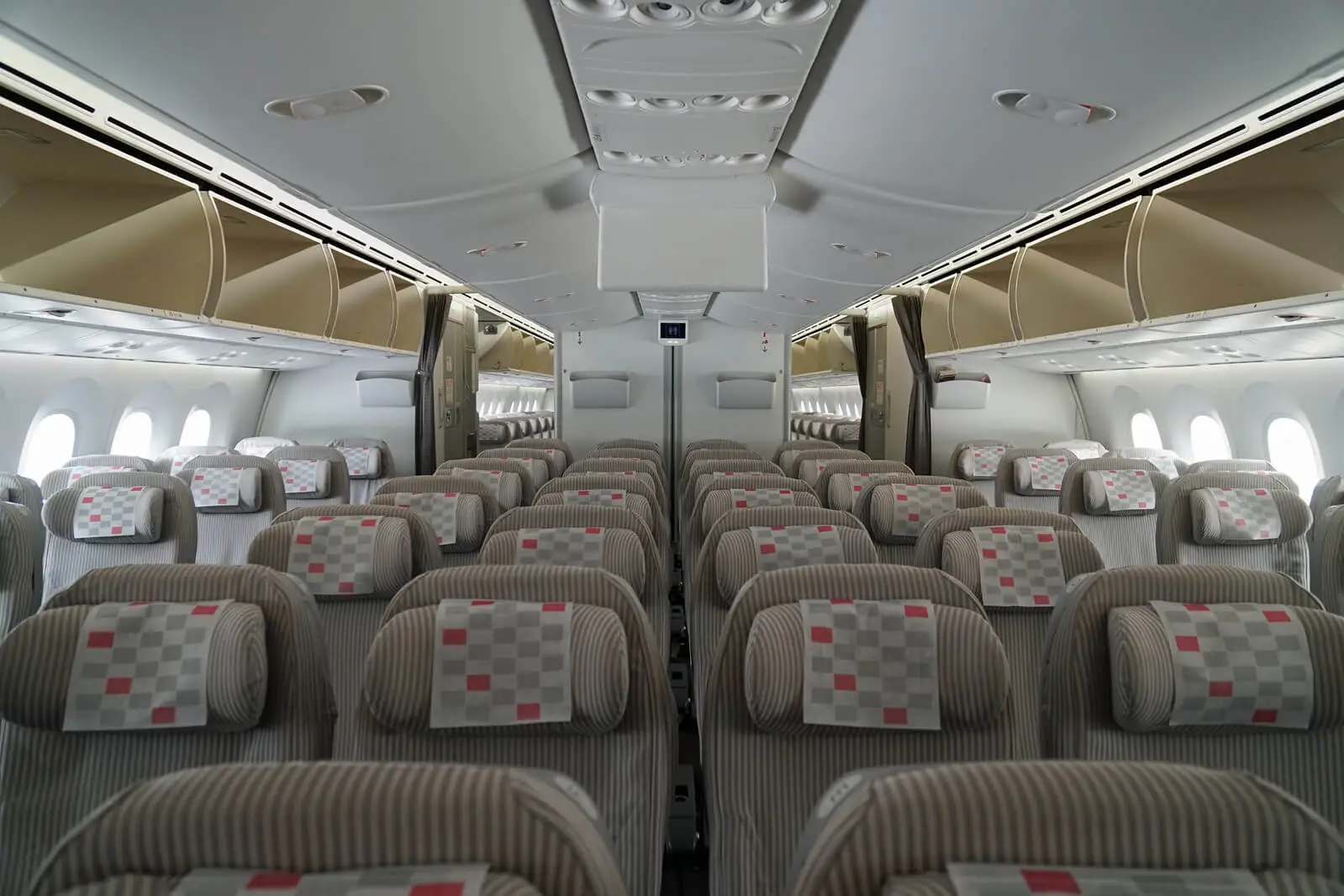
Premium Economy
In premium economy, you can expect wider seats, more legroom, and improved amenities compared to economy class. Mid-section seats, aisle seats, and window seats are available in premium economy. You can choose the seat that works best for you, with the same pros and cons as discussed for economy class.
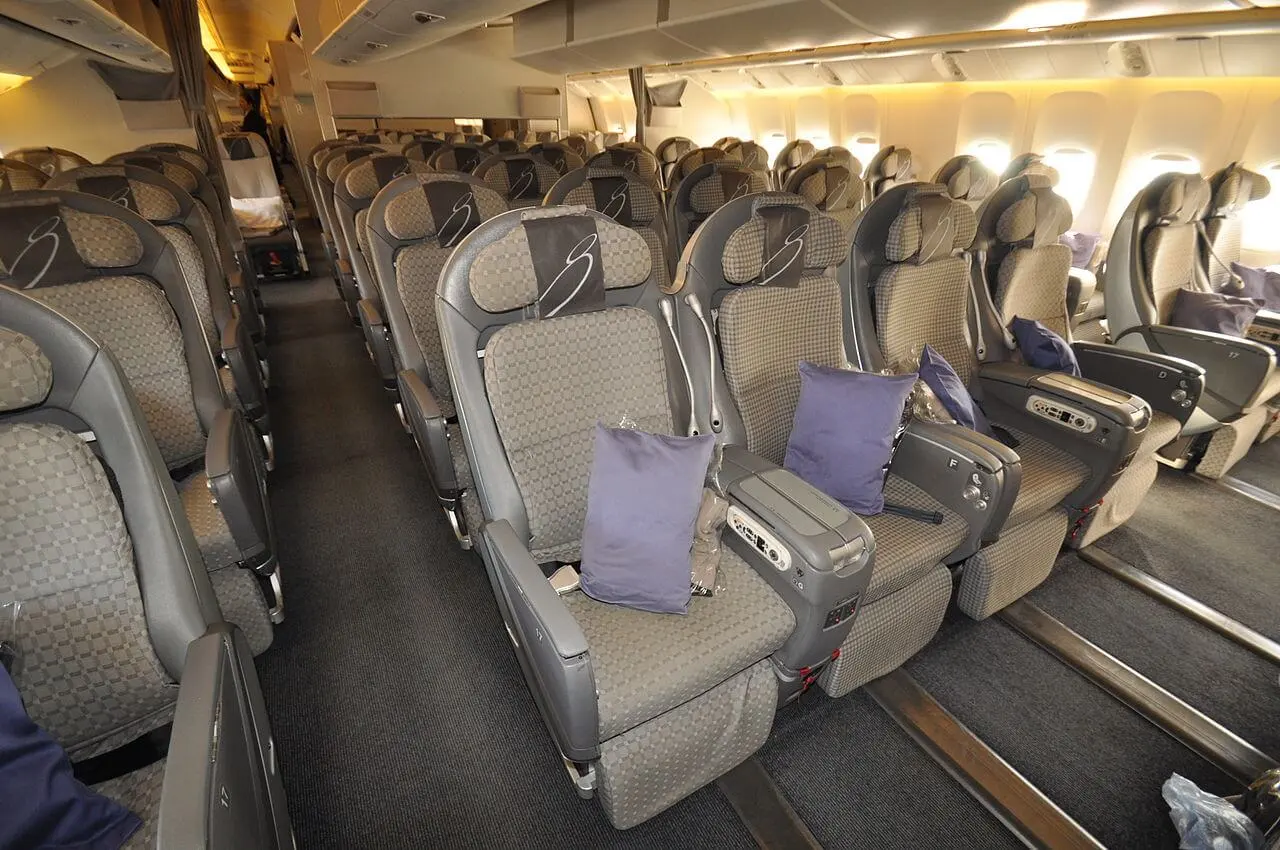
Business Class
In business class, seats are wider, offer more legroom, and recline into a flatbed. Mid-section seats, aisle seats, and window seats are available in business class. The seats are typically positioned away from the noisy galley and lavatories, providing a quieter and more relaxing experience. The mid-section seats offer the most privacy, but the aisle and window seats provide quick access to emergency exits.
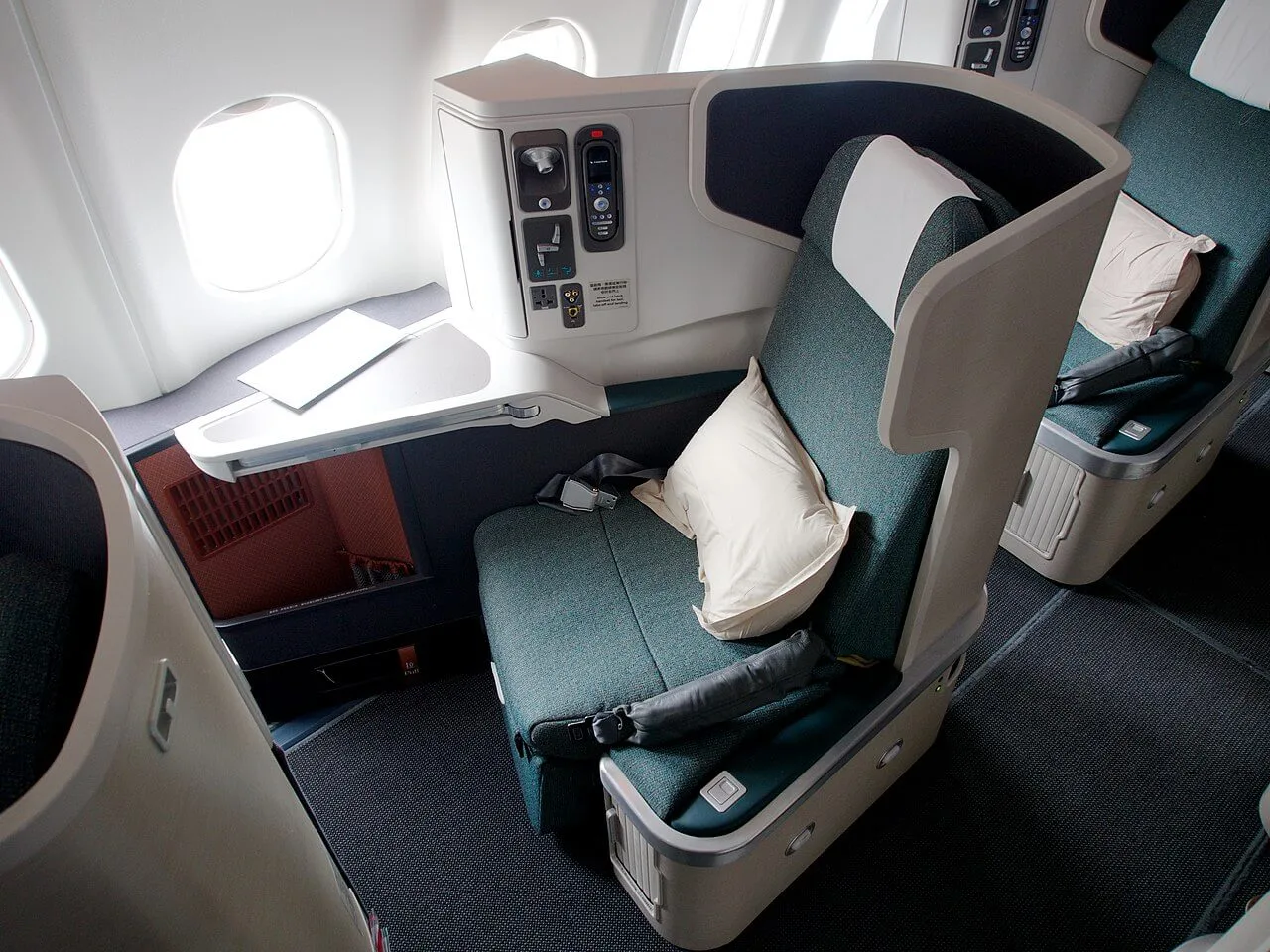
First Class
First class seats are the most luxurious and spacious of all the seating options. Seats are positioned away from the noisy galley and lavatories, providing a quiet and peaceful experience. Mid-section seats, aisle seats, and window seats are available in first class, and all offer a high level of comfort and privacy. The seats are typically wider, offer more legroom, and recline into a flatbed, providing a comfortable sleeping experience.
Regarding safety, first class seats are generally positioned near the front of the plane, providing quick access to emergency exits. However, first class seats may be more susceptible to turbulence due to their position at the front of the plane. Additionally, the luxury features and amenities in first class may also obstruct emergency exits, so it’s important to be familiar with the location of exits before taking off.
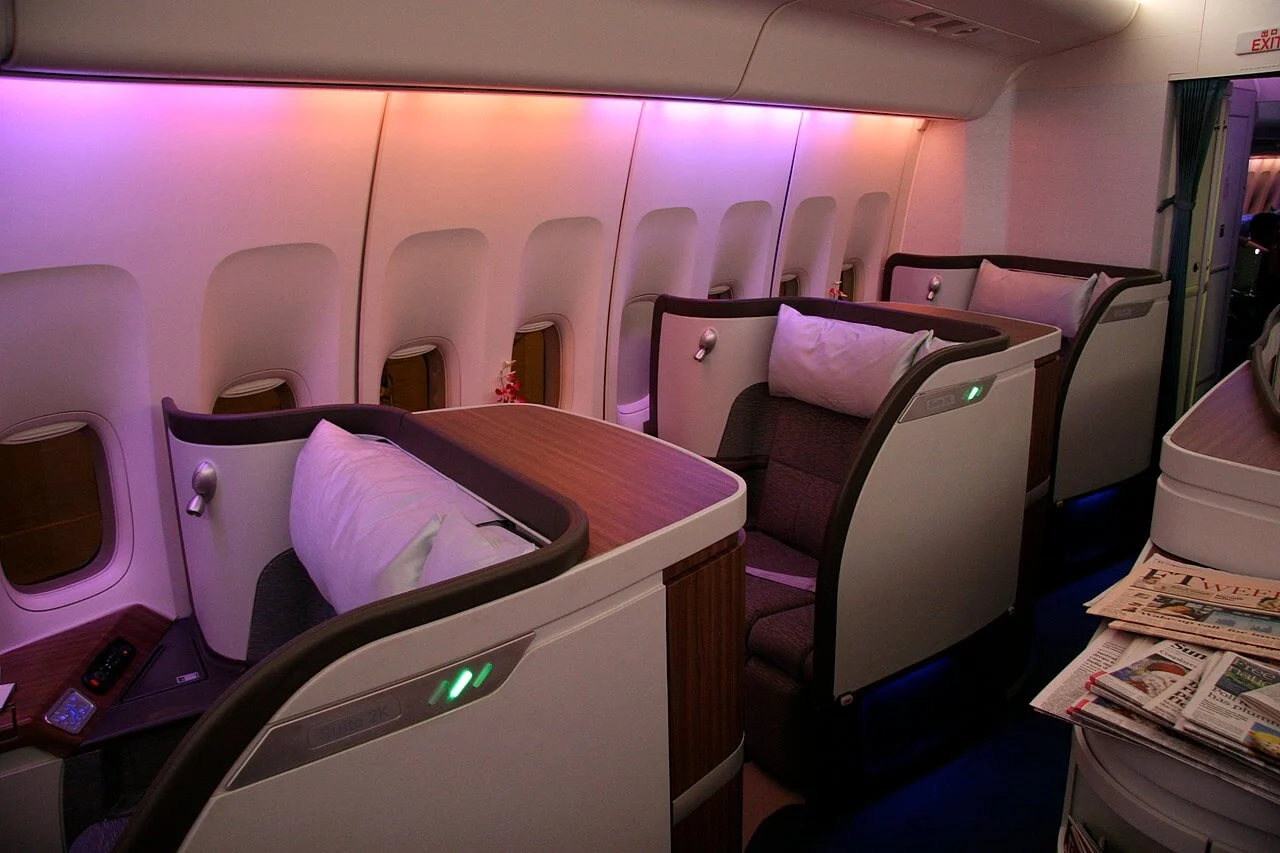
Choosing the Safest Seat on an Airplane
When it comes to air travel, choosing a Safest seat on an airplane can be a matter of personal preference, comfort, and convenience. However, if safety is your top concern, there are a few factors to consider. Here are some key points to keep in mind when selecting the safest seat on an airplane:
- Consider the Class: The safest seat can vary depending on the class of travel. Mid-section seats in the economy or premium economy class offer stability during turbulence and provide more protection in the event of a crash. These seats are positioned away from the front and back of the plane, which are usually the areas that experience the most impact during emergencies.
- Access to Emergency Exits: Seats that provide quick and easy access to emergency exits can be critical in case of an emergency evacuation. Aisle seats in any class allow for easy movement and provide a clear path to the nearest exit. They can be a good choice for passengers who prioritize quick exit access.
- Window Seats: Window seats offer a view of the outside and a sense of privacy. However, they may not provide immediate access to emergency exits. If you prefer a window seat, it’s essential to be aware of the nearest exits and be prepared to follow instructions from the flight crew during an emergency.
Prioritizing Comfort and Personal Needs
While safety is a priority, it’s important to strike a balance between safety considerations and your personal comfort and needs. Here are some additional points to consider when choosing your seat on an airplane:
- Legroom and Comfort: If you value legroom and overall comfort, premium economy and business class seats often provide more space and amenities compared to economy class. These seats can enhance your overall flying experience and make long journeys more comfortable.
- Noise and Disturbance: Consider your tolerance for noise and disturbance. Seats located near the galley or lavatories may experience more noise and traffic from other passengers. If peace and quiet are essential to you, opting for seats further away from these areas may be beneficial.
- Seat Features: Different seat types offer various features, such as reclining options, footrests, and in-flight entertainment screens. Assess your preferences and prioritize the features that enhance your comfort and enjoyment during the flight.
Conclusions
Ultimately, the best seat for you will depend on your personal preferences, comfort level, and specific concerns. Some passengers prioritize legroom, while others prioritize ease of access to amenities or a quiet environment. Assess your priorities and choose a seat that aligns with your needs, while keeping safety considerations in mind.
Remember, air travel remains one of the safest modes of transportation, and the overall safety of an airplane is not solely determined by the seat you choose. Airlines adhere to strict safety regulations and employ numerous measures to ensure passenger safety throughout the flight. So, relax, enjoy your journey, and have a safe flight!

